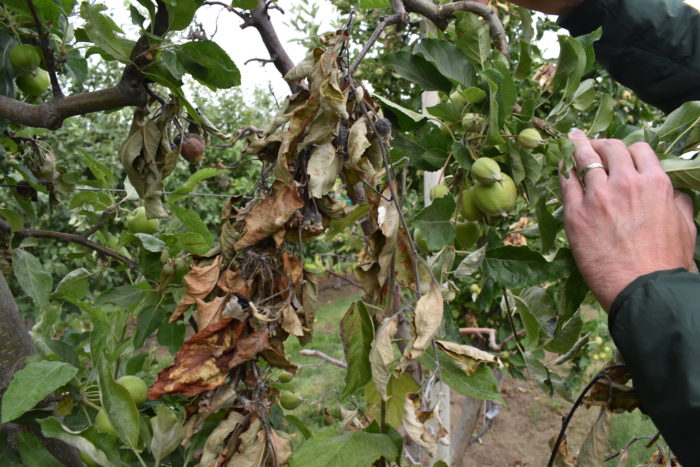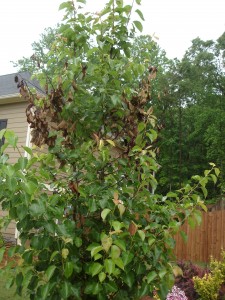


Relatively clean, medium size, round, smooth finish and yellow flesh. Medium-sized apple, good flavor, harvests shortly after Gala.Ĩ0% deep cherry red. Some susceptibility to fire blight, not totally resistant to apple scab. Somewhat Jonathan-like in appearance and flavor, bright red blush, medium sized fruit. Detailed descriptions of selected scab resistant or scab-tolerant apple varieties. *Numbers are the approximate ripe days (- = before, + = after) relative to Campbell Redchief Red Delicious. Harvest order of apple varieties with significant scab resistance and comparison with non-resistant reference varieties Several of these varieties may be grown and marketed successfully for other uses such as processing for apple sauce, apple butter and sweet and hard cider. Many farm markets have worked for years to replace traditional varieties with these scab-free varieties with limited success. It is good to remember that customers generally prefer the traditional, non-scab resistant varieties, and in general commercial growers should limit the size of these plantings until they can establish consumer demand. The focus here is on those with better quality. The following tables summarize characteristics of scab-resistant apple varieties that may be of value to commercial growers. Suncrisp has some resistance to scab, but is significantly susceptible to fire blight. Some apple varieties such as Honeycrisp and Akane have decent resistance to apple scab, but are not immune. Other sources of scab resistance such as Vr, VM and VA are present in some varieties such as Liberty and provide additional resistance. Most apple varieties use the same Vf gene for resistance, and scab strains resistant to this gene have been found in Europe, New Zealand, Indiana, Illinois and Ohio. It is usually more efficient to plant scab-resistant varieties separate from non-resistant varieties in order to manage fungicide programs for both apple types appropriately. All apple varieties are susceptible to sooty blotch and fly speck disease. Fungicides may also be needed to provide protection against various other diseases such as cedar apple rust or powdery mildew, depending on the variety. It is generally recommended by Michigan State University Extension that at least a limited fungicide program for apple scab be used on scab-resistant varieties in order to help lessen the potential for the scab pathogen to overcome the plant genes that give resistance. Some of them are not recommended for fresh market, as noted in the tables below. Some of these scab-resistant varieties resemble more traditional varieties to some extent. Fruit quality of many of these scab-resistant varieties is quite good. Apple varieties are available with decent to excellent resistance to apple scab, the most important fungal disease in rainy climates.


 0 kommentar(er)
0 kommentar(er)
